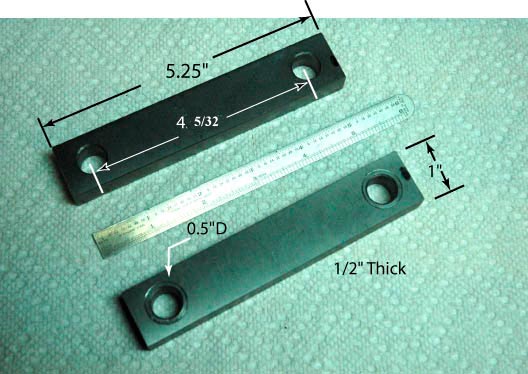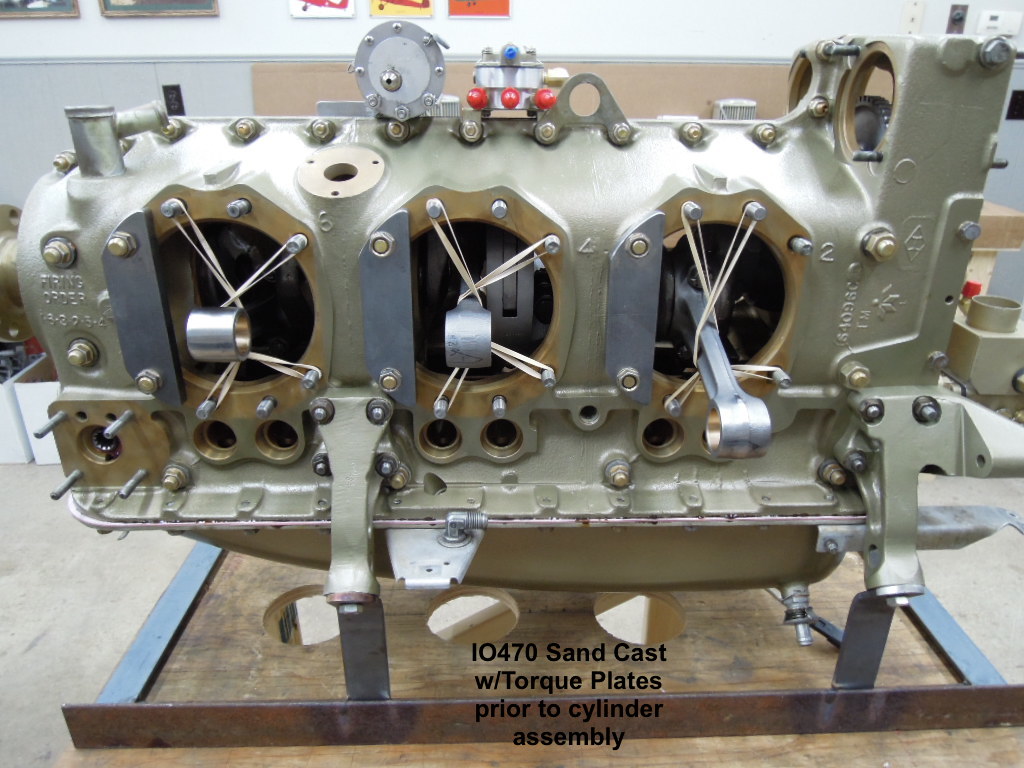|

The forums, internet and NTSB reports are
chock full of engine failures at some short time following the invasive
procedure of changing a cylinder or on up to a top overhaul.
In order to change the cylinders, the crank must be
turned to orient the connecting rod to such a place in its travel that allows
for the piston and piston pin to be assembled onto the rod. While doing this
crank movement and having little or no clamping force on the case through bolts,
it is possible for the crank bearings to "spin" or shift in their locations.
Some number of hours later.....yup....BOOM! Then you're a glider doing a
for-real engine out in your Bonanza or getting a live S/E workout in your Baron
with oil all over your windshield or nacelle and a gaping hole in the engine
case!
Check out what Mike Busch, the Savvy Aviator,
has to say about Top Overhauls & cylinder changes
HERE.
Many experienced engine guys I know recommend
and use "Torque Plates" during their cylinder R&R. These plates apply clamping
torque in much the same way as when the cylinders are clamped in place on the
through bolts.
Below is an example of a simple torque plate. I don't
know about you, but I'd sure feel a lot better seeing this on my case when
cylinders are replaced.

Below are suggested dimensions for a simple torque plate.

Download a SolidWorks drawing zip file
HERE
If you have some old cylinders laying around
you can cut down the bases and make some pretty spiffy torque plates.


Stu S., IA & E55 Baron owner/operator offers some words of
wisdom regarding the through bolts:
The main bearing columns are held together with the
thru-bolts.
The thru-bolts also hold down the exhaust sides of each
cylinder. Because that side of the cylinder is more solidly attached, in
operation the cylinders tend to move and distort the case. We see that evidenced
when upgraded baffles are used that are attached to the cylinders. The baffles
tend to crack unless they are separate from each other. I have seen a high speed
camera used to show the cylinders in motion.
Continental added material to the case casting that put metal
from the column to the area between the cylinders. They then added a stud that
held a steel bar to tie the base flange of the weak side of one cylinder to the
strong (exhaust) side of the adjacent cylinder.
This added stud allowed the entire case to be stiffened and
the once crack-prone Permold cases have now matured and are quite reliable.
That "seventh stud" does require a different wrench for proper
torque down.
Below is a photo, taken of a RAM Engines cutaway display.


|